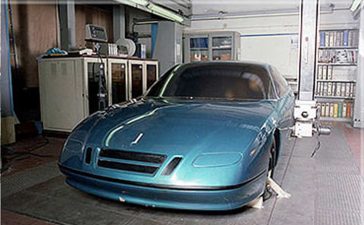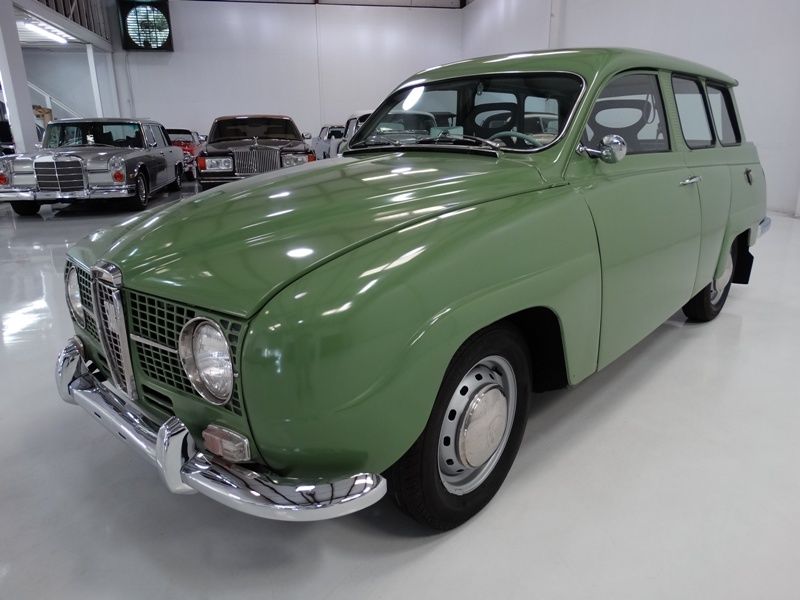Saab has a rich history of producing innovative and distinctive cars, and the Saab Kalevala Concept presented by Rubén Barrientos in 2009 is no exception. As a design student, Barrientos created a four-door, four-seater coupe that was inspired by Saab’s heritage and the world of aviation.
The Saab Kalevala Concept is a design study that aimed to create a point of inflexion in the design of Saab, allowing the company to compete in the premium segment without compromising its core values.
The Kalevala’s design is characterized by volumes and surfaces defined by the door edges and cutlines, inspired by Saab’s historic model, the Saab 92, and the aviation world. The larger dimensions of the concept ensure more headroom and a comfortable ride for the passengers, while its rear-hinged doors provide easier access to the plush interiors. The back doors of the Kalevala are smaller than usual, making them rear-hinged to facilitate access to the cabin.
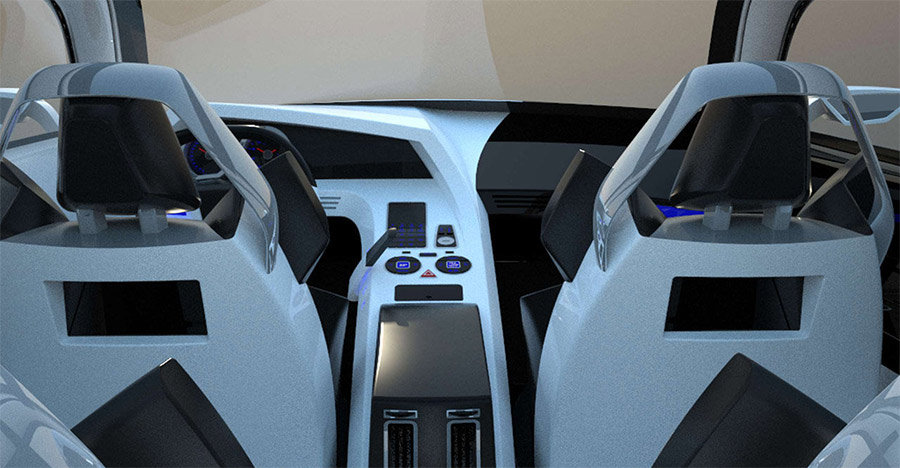
The front end of the Kalevala is dominated by the single, smooth volume of the hood/fenders, taking inspiration from the brand’s emblem and featuring a modern re-interpretation of the Saab ideographic grille with the U-shaped headlights surrounding two of the three typical front air inlets.
According to the designer’s notes, the lights and the shape of the front grille mirror the face of an eagle/gryphon. The lights are the eyes, and the inverted angular bits are kind of like how a beak would look, front on. The back of the car pays tribute to the way UrSaab angled down to a point at the rear of the vehicle, and the point behind the rear doors mimics the tail fin of an aircraft.
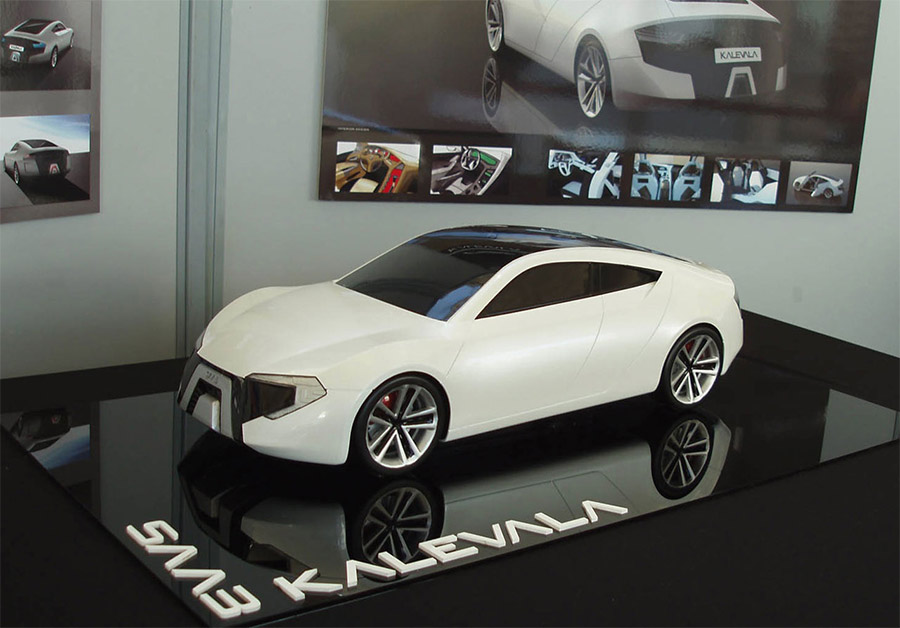
The back doors of the Saab Kalevala are smaller than usual and are rear-hinged to facilitate access to the cabin. The larger dimensions of the concept car provide ample headroom for passengers, ensuring a comfortable ride. The exterior design is characterized by volumes and surfaces defined by the door edges and cutlines, with inspiration drawn from the aviation world and the Saab 92 historic model.
Rubén Barrientos created the Saab Kalevala Concept with the idea of creating a point of inflexion in the design of Saab, allowing the company to widen its target audience and compete in the premium segment with other carmakers such as Audi and BMW without changing its core values.
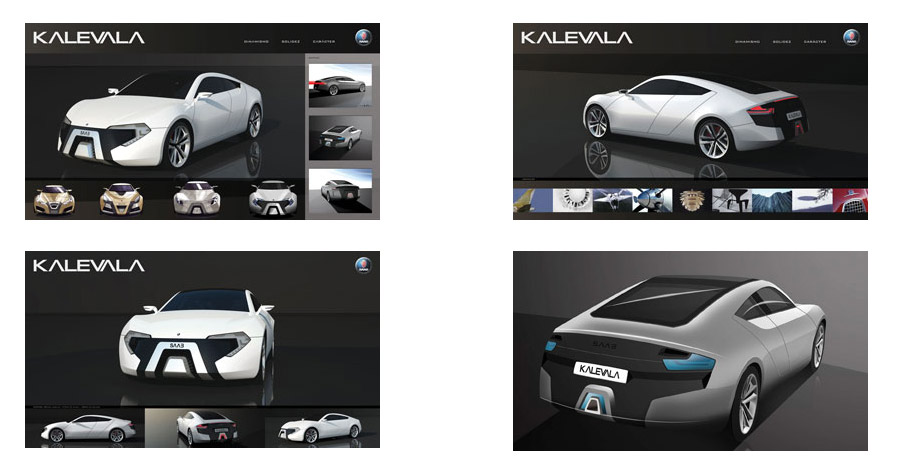
The name Kalevala derives from the “The Land of the Heroes“ an epic poem based on an oral tradition of poetry, published in 1835 by Elias Lönnrot, which represented “a point of inflexion in the history of Finland.” Barrientos designed the concept car with the idea of creating a point of inflexion in the design of Saab that could allow the company to widen its target audience and compete in the premium segment with other carmakers such as Audi and BMW without changing its core values.
Overall, the concept car of an independent designer, the Saab Kalevala, is an interesting and innovative design that could have had an impact on the design language of the Swedish company at the time. However, Saab’s bankruptcy a few years later meant that some concept cars from the company itself would never make it into production. As a result, the interest in Saab cars from independent automotive designers and design students around the world has declined, so there are fewer and fewer such works. But some of the young designers still find inspiration in the Saab heritage.





